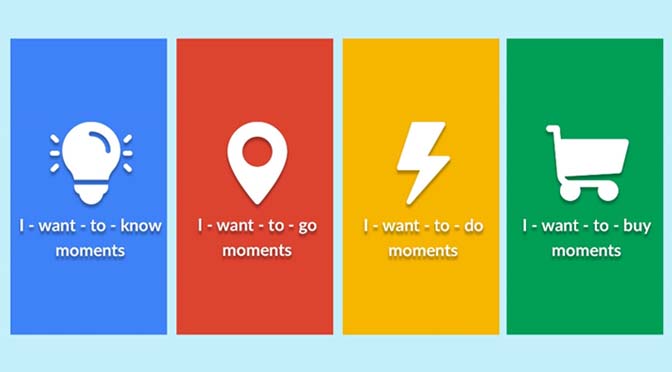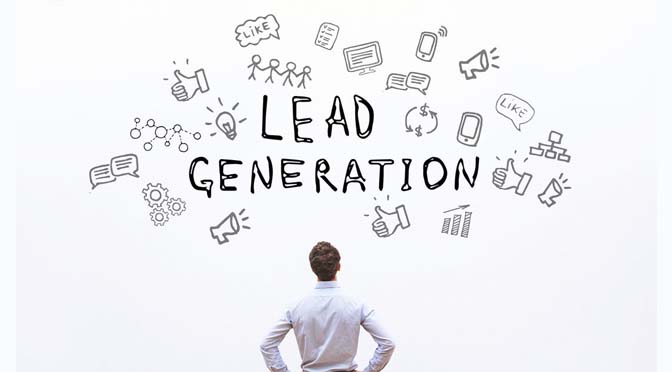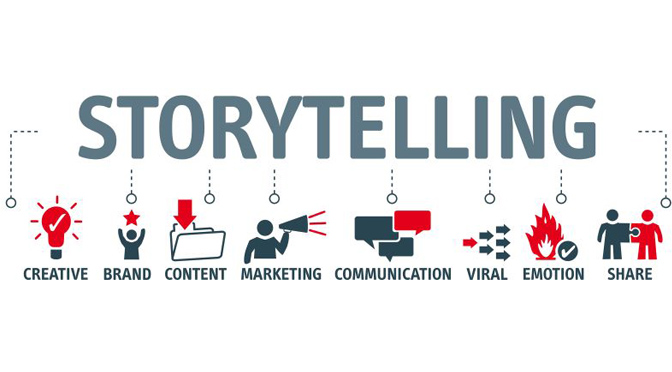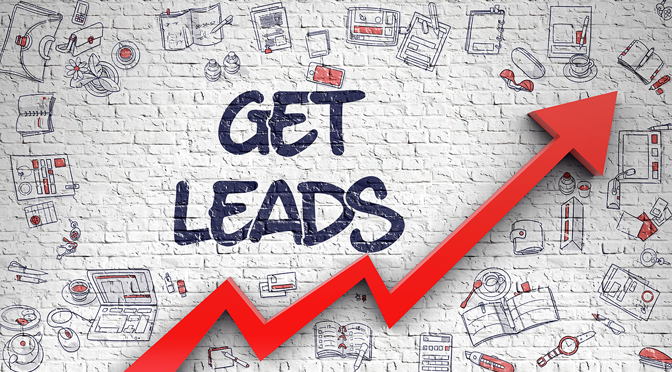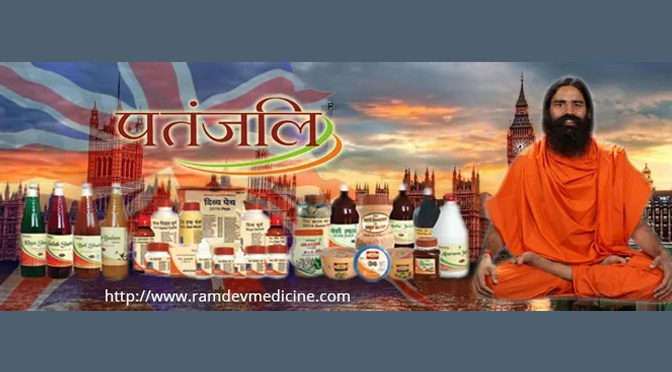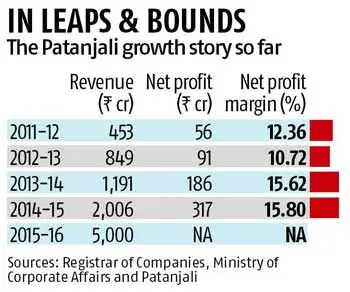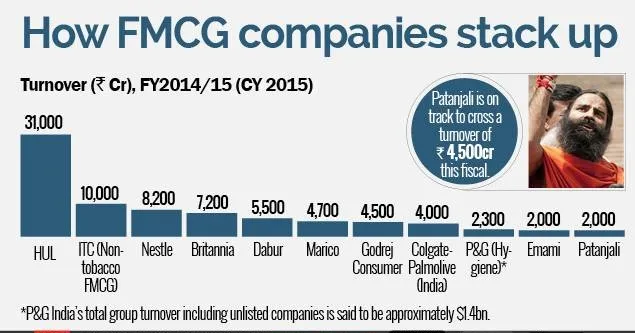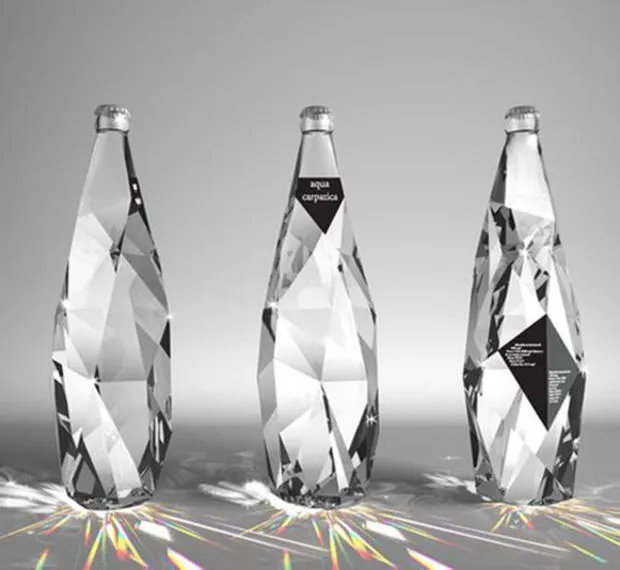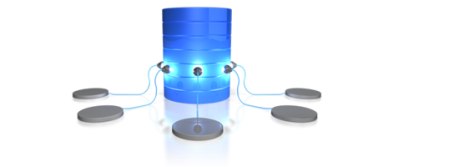As we move into 2023, digital marketers will face a number of challenges as the digital landscape continues to evolve. Here are a few of the biggest challenges that digital marketers will likely face in the coming year:
1. Rise of ad blockers
Ad blockers are becoming increasingly popular, making it more difficult for digital marketers to reach their target audience through traditional online advertising methods. Marketers will
need to find new ways to reach consumers who are using ad blockers, such as through influencer marketing or content marketing.
2. Explosion of social media platforms
With the number of social media platforms constantly growing, it can be difficult for digital marketers to keep up and effectively reach their
target audience. Marketers will need to become experts at utilizing multiple platforms and understanding how to reach their target audience on each one.
Each platform has a different purpose and synching their purpose to what a brand needs is the role of a social media professional today.
3. Increased competition (the evergreen variable)
With the sheer amount of content being produced and shared online, it can be difficult for digital marketers to make their content stand out and capture the
attention of their target audience. Marketers will need to find new and creative ways to make their content more engaging and shareable. Digital marketing has
leveled the playing field its no longer about the budgets but about how you understand your audience and their needs and share content that helps them.
4. Growing importance of AI
Artificial intelligence is becoming increasingly important in the digital marketing landscape and is being used for things like personalization and automation.
Marketers will need to become proficient in using AI to stay competitive and maximize the effectiveness of their campaigns. Today ChatGPT is the talk of the town
and is expected to disrupt a lot of businesses and services, digital marketers of today will have to enhance their capabilities with AI in their arsenal.
5. Rise of the privacy & data security
With the increasing concerns about data privacy and security, digital marketers will need to become experts in navigating the complex regulations surrounding
data collection and use. They will also need to be transparent with consumers about how their data is being used and give them control over their own information.
One key aspect to consider is first-party data collection rather than relying too much on other platforms and mediums, some brands have begun this journey and other
still waiting for the axe to fall.
6. Need for real-time data and analytics
With the fast-paced nature of the digital landscape, digital marketers will need to be able to quickly analyze and act on data in real time in order to stay ahead
of the competition. They will need to be able to measure the effectiveness of their campaigns and make adjustments on the fly. The consumer today wants everything
at a click of a button and thereby mandates digital marketers to not lose on moment marketing with the help of real-time data.
Overall, digital marketers will need to stay on top of the latest trends and technologies in order to be successful in 2023. They will need to be able to adapt quickly to changes in the digital landscape and be able to effectively reach and engage with their target audience.






